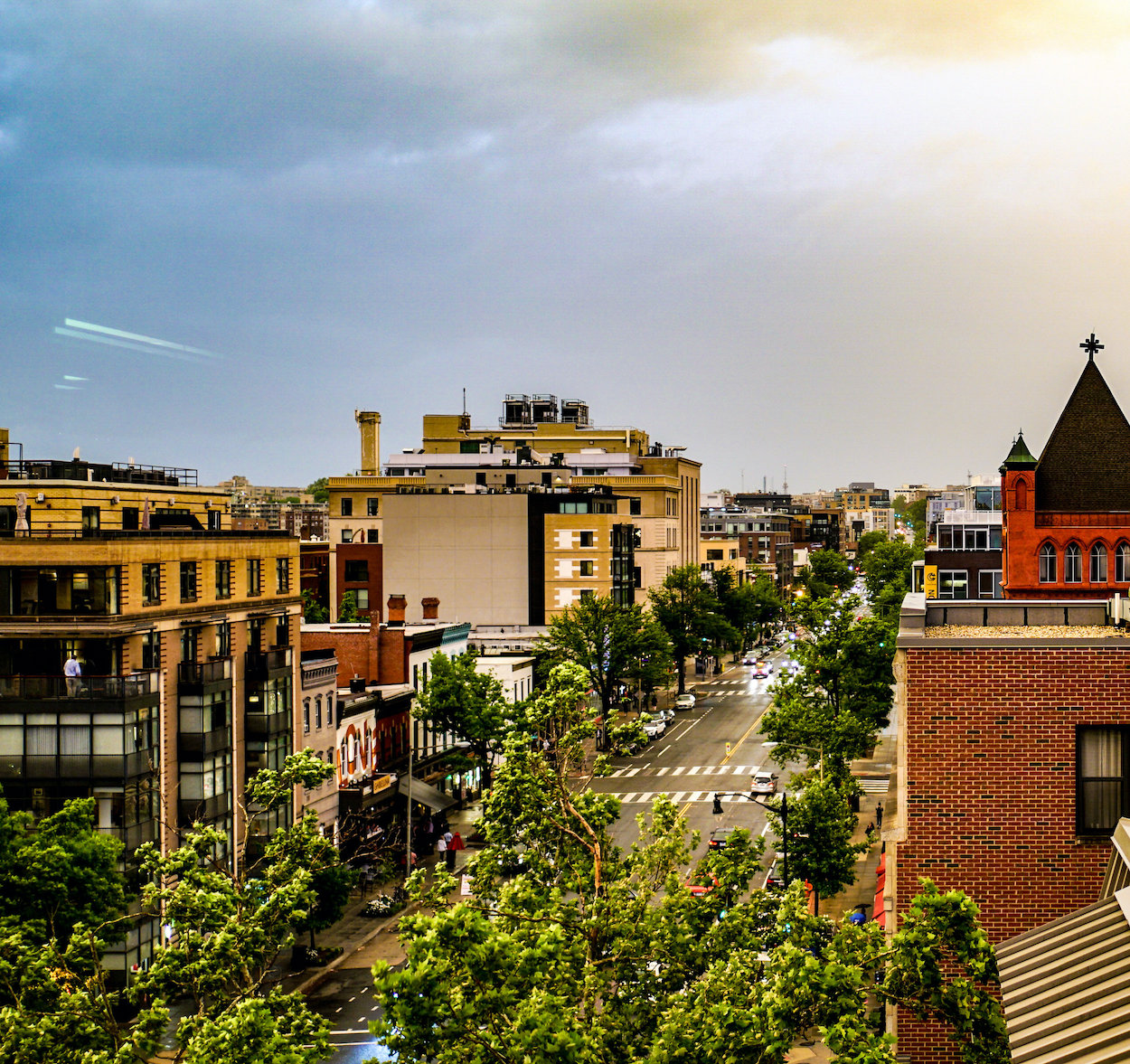During the height of the pandemic, all I wanted to do was get away from my neighborhood—and, yes, my neighbors—for a while. I’m sure others felt this way. I love where I live, but I spent so much time dreaming of getting out of there. A vacation would have been fantastic, but a day or two in the office would have done just fine too.
The funny thing is, when I finally got vaccinated and could travel a bit, I missed my neighborhood terribly. After returning home, that home sweet home feeling did not rush over me the minute I stepped in my front door, but, rather, when I went out to grab dinner for the family at our favorite local restaurant.
Our neighborhoods are a deep part of our identities. They evolve over time just like we do. They serve as comfort blankets to us—the bodega down the street has the best ice cream options, the restaurant around the corner has the best garlic naan, or the barber shop around the corner has been serving people for more than 50 years. We all can list our favorite local spots at the drop of a hat.
But before I get too romantic, quick privilege check. I’m lucky to live in a neighborhood that feels like home. For so many people of color, their neighborhoods have become impossibly expensive or have changed beyond recognition. I’m not an expert on gentrification, but it seems like we suffer from neighborhood scarcity in America. Most of our country was built for cars (and for fleeing Black people), so instead of neighborhoods we have homes, highways, and chain stores in endlessly repeating configurations. Real neighborhoods are rare, and life in them is sold to the highest bidder.
How can you spot a real neighborhood? Look for small businesses. It might be convenient to live near a Target or a Safeway, but a neighborhood’s character comes from its corner stores, bars, nail and hair salons, and restaurants. Small businesses make communities.
This might sound like I’m mythologizing. But there is science to back this up. A study in the UK found that wherever a local pub went out of business, people were more likely to vote for the far-right. When we lose small businesses, like pubs, we lose a piece of our community and people become a little more isolated. For decades, social isolation in America has been growing, to the detriment of our politics and our daily lives.
Small businesses have had to deal with credit crunches, gentrification, and now a pandemic. Minority-owned small businesses were already struggling to survive before the pandemic. They have had to fight back against immense pressures from larger companies seeking to consolidate power. Or they have had to hustle day and night to get just enough capital to stay afloat, within a financial system that plays favorites.
Despite making up 13 percent of the US population, Black Americans own less than two percent of small businesses with employees. It’s far less likely for Black entrepreneurs to get a bank loan to start their business than White business owners. According to a report by McKinsey, only one percent of Black business owners get a bank loan in their first year of business. But when the pandemic hit, small businesses were there. Local restaurants organized food drives and offered free lunches to kids who would normally receive their free lunch at school. In that same McKinsey report, over 40 percent of the minority-owned small business respondents said that they have added new services to their business after seeing a need in their community. Compare that to only 27 percent of all respondents. Every Thanksgiving, local restaurants help feed the over 40 million people who are homeless and/or food insecure. Time and time again, our small businesses step up in crises to serve us.
So what do we do about it? Thanksgiving is here, and we are all feeling grateful and a little generous. Perhaps, those of us with means will take part in Small Business Saturday. And we will feel like we have done our part to support local businesses. But real talk. It’s not enough.
Our economy has become so consolidated at the top that even many big businesses are struggling. Amazon is making it difficult for nearly all types of small businesses to compete, but we need to do more than just level the economic playing field. We need to redesign our cities to make community-building possible. Strip malls full of small businesses don’t make neighborhoods; walkable, accessible, mixed-use designs do. And there are definitely programs and initiatives that we should be advocating for at the federal level, such as urging our local representatives to provide more financial support for people of color wanting to start a business, and pushing bank regulators to do more aggressive oversight on banks using unfair and predatory lending practices.
However, what we need as a society is even more. We need systemic change. The pandemic hit us like a ton of bricks and for many of us we felt our own mortality; we reconfigured our priorities; and we put our families and community first. And while we are slowly getting back to a new normal within the pandemic, we need to practice what we have learned. We, as consumers, can do more to support our small businesses every day.
Let the media and financial markets continue to go into a frenzy over supply chain delays and slow economic growth. This holiday season, maybe make a promise to patronize only small businesses. And when the new year rolls around and you are thinking of your New Year’s Resolutions, maybe commit to buying local more. The more we do for our small businesses the better our neighborhoods will be.


